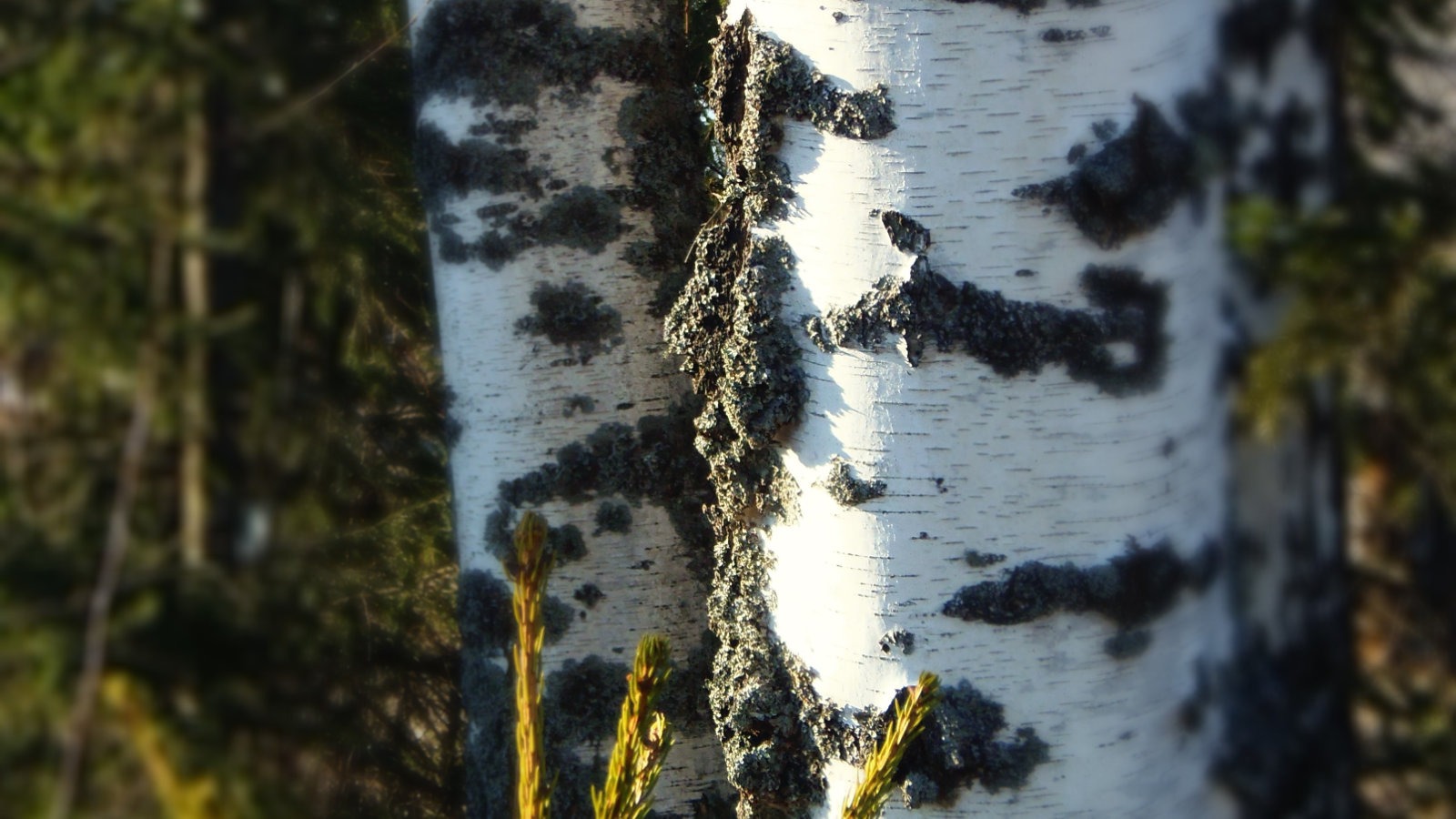A common native tree often seen in parks, gardens, and during those strolls in the countryside. Silver birch is a recognisable tree from the white coloured bark seen and easily peeled. It has small, green, triangular leaves with toothed edges, though being a deciduous tree it loses the leaves in autumn. Silver birch is also a broadleaf tree hiding its seeds within catkins, which are mostly about 3cm long, hanging down. It can grow up to 30m and can live for up to 90 years.
Latin name: Betula pendula
Overview
Both male and female catkins can be found on silver birches (monoecious). The male ones will form in autumn but will not open until spring when the female ones appear. The male catkins hang down while the female ones are shorter and more upright. When pollinated (summer – autumn) they also hang down like the male ones. Insects and birds are usually associated with pollination but Silver birches rely solely on the wind. Seems risky but it works well for the tree. To reproduce the wind will blow the male pollen onto a female catkin fertilising it. Once fertilised the female one will release its seeds also carried by the wind to new locations. The female catkins will contain hundreds of these tiny seeds which have small wings which help them to be moved around by the wind.
In the garden
Birch is a good tree for a garden. It doest grow too big but if you want a tree with some height to it then it still provides this. Its hardy and being a native survives well in our climate. In woodlands birch is associated with many types of fungi but with a single tree in a garden this may not be true. It is also a haven for insects with 334 species known to found on the tree. This is turn will attract the bigger predators such as Chaffinches (Fringilla), and Robins (Erithacus rubecula). In birch woodlands Tree pipit (Anthus trivialis), Willow warbler (Phylloscopus trochilus), Siskin (Carduelis spinus), and woodpeckers are found. Will you be lucky enough to have any of these come to your garden? Another good thing about Silver birch is the small leaves, which gives it an open canopy. This means that it allows more light through than most trees. This is great for the flowers in your wildlife garden, and will also allow wild flowers to grow.
Did you know?
- The branches from Silver birch are used to make witches’ brooms. Of course it’s fine for an ordinary broom as well.
